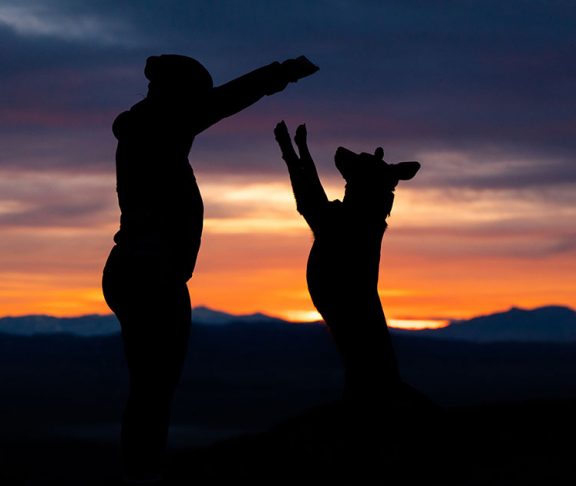
Kenny Lamberti
Director, County Leader Program, The Humane Society of the United States
We are in the midst of a tremendous shift in the animal welfare arena. Although consensus on statistics can become a bit of a matrix, one thing most agree on is that the number of cats and dogs entering shelters has gone down, and that pet adoption has become a preferred method of pet acquisition.
Most remember Bob Barker’s signature “spay/neuter” sign off as host of “The Price is Right.” Animal welfare organizations followed suit and dedicated tremendous resources and program design to address the pet over-population issue. Great strides have been made, and while everyone involved in the animal welfare movement should be proud, there is still much work to be done.
Changing with the times
In recent years, the field has started to look much more intensely at social and human elements, and how they impact the ways communities interact with dogs and cats. Pets have an amazing ability to cross all boundaries and share the daily lives of people from all communities. The Humane Society of the United States has lead the way in creating paradigm-shifting programs that address the myriad of environmental factors that impact people and pets.
In 2005, Hurricane Katrina caused thousands of families to be displaced, and sadly, despite the efforts of rescue workers, many lost their pets. In the aftermath, some amazing lessons were learned. The humane movement worked to create new legislation that allowed people to not be separated from their pets during a natural disaster. The HSUS also created programs designed specifically to connect pet owners with veterinary services in communities where the majority of people live at or below the poverty line and built mentorship and training initiatives to work in collaboration with local shelters in more than 30 cities across the country.
Building pathways to care
The work is no longer just about cats and dogs — it is about people as well. As the field has shifted and started to consider socioeconomics and cultural nuance, we have been forced to be collectively introspective. For far too long, much like the food desert phenomenon, there have been pet care deserts. Thankfully that is changing, and more and more people have access to quality care for their beloved, four-legged family members. Low-cost or free spay/neuter is exponentially more available, less restrictive adoption policies are becoming the norm and there is tremendous work being done in long underserved areas like Puerto Rico and on Native American reservations.
New initiatives focused on regional transfer of adoptable dogs and cats is easing the burden on some high volume shelters and making it easier for families to acquire the pet they desire in the receiving city. Community outreach and initiatives to make housing less restrictive for pet owners, along with community-focused strategies to lessen suffering for cats, are all part of the new, more collaborative holistic approach to animal welfare. National and local organizations are working together more effectively than at any time in the past. There is much work still to be done, but the future looks brighter and brighter for our beloved animal companions.
Kenny Lamberti, Director, County Leader Program, The Humane Society of the United States, [email protected]

